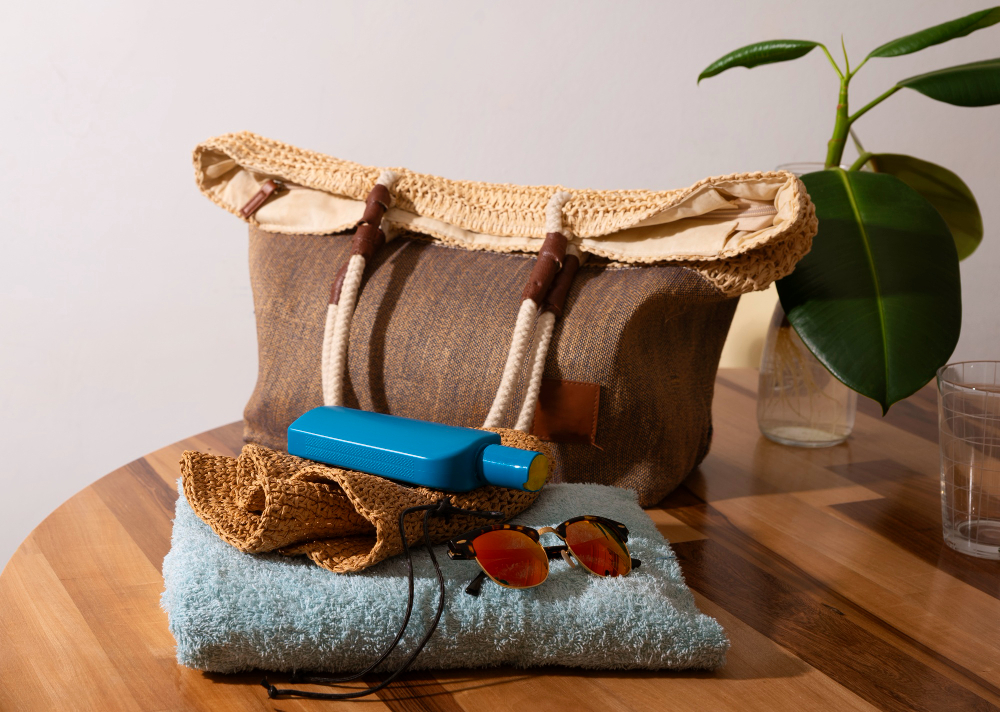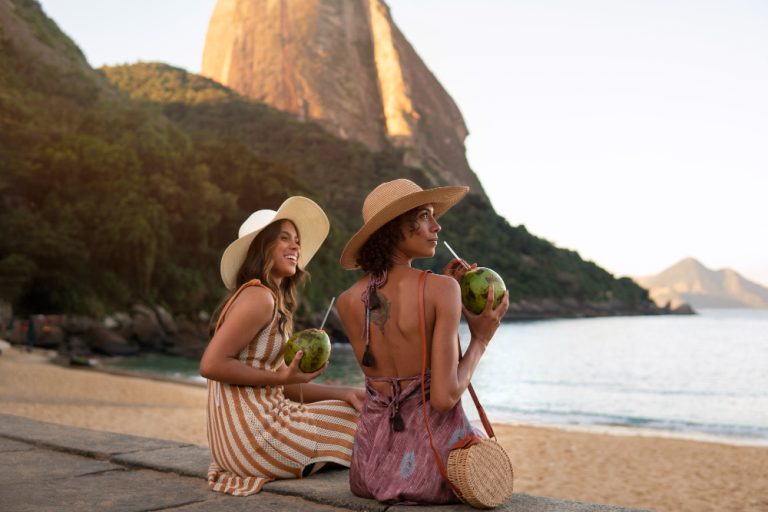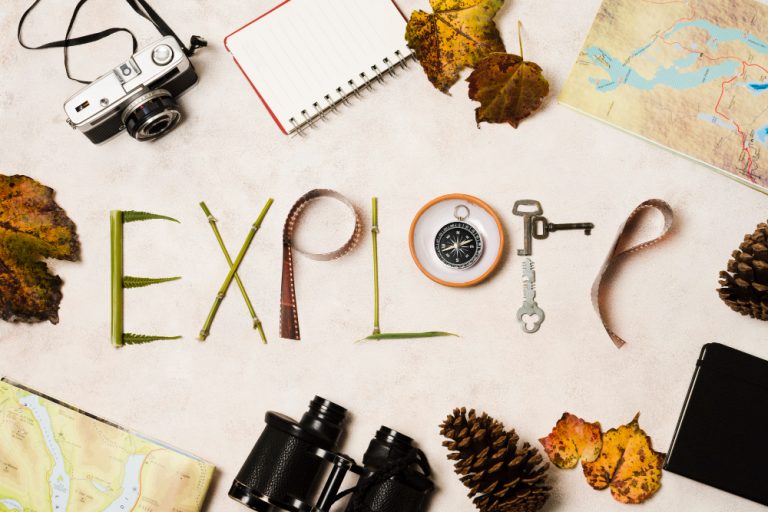Tucked away in Hyogo Prefecture along Japan’s northern coast, Kinosaki Onsen is a dreamlike hot spring town beloved for its scenic canals, charming architecture, and centuries-old bathing culture. With visitors donning yukata and clacking down stone-paved streets from one public bath to the next, the entire town feels like a living postcard. But to make the most of your visit, there are certain things you *mustbring and know.
1. Yukata Set: Your Go-To Daywear
One of the most iconic sights in Kinosaki Onsen is travelers strolling through town in colorful yukata. These lightweight cotton kimonos are provided by almost every ryokan and are meant to be worn during your stay — not just indoors, but even while you go onsen-hopping, dining, or exploring.
Essentials:
Yukata robe
Obi (belt)
Geta (wooden sandals)
Tip: Learn how to properly tie your yukata. The left side should go over the right (right over left is used for dressing the deceased in Japan).
2. Onsen Towel and Toiletries
Every bathhouse in Kinosaki provides basic amenities like shampoo, soap, and hairdryers. However, you’ll want to bring a small towel with you for washing and drying off after each soak.
Pack:
Small onsen towel: Use it to scrub or dry off after the bath.
Plastic bag: Keep your wet towel separate in your yukata sleeve or bag.
Optional personal toiletries: If you prefer your own shampoo or facial wash.
Note: Never bring your towel into the bathwater. It should remain on the side of the tub or on your head.
3. Comfortable Footwear for Walking
Kinosaki is best explored on foot. Though geta sandals are traditional and fun, they can be noisy and a bit uncomfortable after long walks. Some visitors bring comfortable slip-ons or sneakers for exploring beyond the central canal area.
Recommended Footwear:
Flip-flops or cushioned sandals
Lightweight sneakers
Slippers for inside your ryokan
Insider Tip: Bring socks if you plan to wear geta in colder seasons. Your feet will thank you!
4. Yumepa Pass for Unlimited Bath Access
If your ryokan doesn’t include it, purchasing a Yumepa Pass is essential. This pass allows unlimited access to the town’s seven public bathhouses for the day.
Details:
Cost: Around ¥1,300 for adults
Validity: All day, reusable at any sotoyu
Available at: Ryokans, bathhouses, or the Kinosaki train station
Bath Highlights:
Goshono-yu: Elegant interiors, like a palace
Kouno-yu: The oldest bath, set in nature
Ichino-yu: A cave-style experience
5. Cash and IC Cards for Easy Spending
While Japan is slowly becoming more card-friendly, cash remains king in many parts of Kinosaki. Small shops, food stalls, and even some bathhouses or ryokan may only accept yen.
What to Bring:
Cash (Japanese yen)
IC cards (like Suica or Pasmo) for local transport
Backup credit card for emergencies
Pro Tip: Withdraw cash at the convenience store ATMs near the train station.
6. Camera or Smartphone for Scenic Memories
Kinosaki Onsen is one of Japan’s most picturesque small towns. Willow-lined canals, stone bridges, and wooden buildings provide countless photo opportunities — but be mindful of where you shoot.
Ideal Spots:
Canal near Yanagi-yu bathhouse
View from the Kinosaki Ropeway
Evening yukata strolls under lanterns
Important: Photography is strictly not allowed inside bathhouses, out of respect for privacy and tradition.
7. Layered Clothing for Seasonal Changes
Depending on when you visit, Kinosaki’s weather can fluctuate quite a bit. You’ll want to dress in layers, especially in spring or autumn. Winters are cold and snowy, while summers can be hot and humid.
Seasonal Essentials:
Winter: Warm socks, innerwear, gloves
Spring/Autumn: Light jacket or cardigan
Summer: Hand fan, sunblock, water bottle
Bonus: On cold nights, some ryokan provide heated floors or kotatsu (heated tables) — a cozy highlight!
8. Map of the Bathhouses and Attractions
Though the town is walkable, having a map of Kinosaki Onsen can help you plan your bathhouse visits efficiently. You’ll find maps in English at the train station and many ryokan receptions.
Must-Haves on Your Map:
All seven public bathhouses
Onsenji Temple (take the ropeway!)
Local eateries and souvenir shops
Navigation Tip: Download offline maps or use Google Maps for walking directions.
9. Respectful Mindset and Onsen Etiquette
More than anything you pack, your attitude plays a huge role in enjoying Kinosaki Onsen. Respect for onsen culture, fellow bathers, and quiet moments makes the experience meaningful for everyone.
Etiquette Reminders:
Wash thoroughly before soaking
No photos or phones inside baths
Speak quietly inside bathhouses
Don’t stay too long in hot water (10–15 minutes is enough)
Tattoos? Some bathhouses now allow them, but check in advance or consider covering up with a patch.
10. Optional: Small Bag or Pouch for Essentials
As you onsen-hop in your yukata, you won’t have pockets! A drawstring bag or small pouch is useful for carrying your essentials like your onsen towel, room key, map, and phone.
Ideal Contents:
Onsen towel
Room key
Coins and cash
Phone (for photos outside)
Hair tie or clip
Aesthetic Tip: Many ryokans provide matching pouches to go with your yukata—very Instagram-worthy!
Conclusion: Be Prepared, Then Relax Deeply
Kinosaki Onsen offers one of Japan’s most immersive and tranquil travel experiences. But like all authentic cultural destinations, it’s even more rewarding when you arrive prepared. From your yukata and towel to your respectful mindset, these 7 travel essentials ensure you blend seamlessly into the soothing rhythm of this iconic town.
Don’t worry about checking everything off at once—just move slowly, breathe deeply, and let Kinosaki’s timeless charm wash over you, one bath at a time.
FAQs about Visiting Kinosaki Onsen
1. Can I visit Kinosaki Onsen as a day trip from Kyoto or Osaka?
Yes, Kinosaki is accessible via limited express trains in about 2.5–3 hours. However, staying overnight in a ryokan enhances the experience with meals and private baths.
2. Is Kinosaki Onsen suitable for non-Japanese speakers?
Absolutely. Many ryokan staff speak basic English, and signage around town is available in English. Maps, menus, and instructions at the baths are also translated.
3. Are there mixed-gender baths in Kinosaki Onsen?
All public baths are segregated by gender. However, some ryokan offer private onsen rooms that couples or families can reserve.
4. What is the best season to visit Kinosaki Onsen?
Autumn and winter are especially scenic. Fall offers colorful foliage, and winter provides snow-covered charm and seasonal crab dishes. Spring is also lovely for cherry blossoms.
5. What if I don’t feel comfortable being nude in public baths?
You’re not alone! Consider booking a ryokan with a private onsen or bath-included room. It allows you to enjoy the onsen experience in privacy.
Also read : Montreux Switzerland to Geneva: Best Ways to Travel in 2025




Leave a Comment